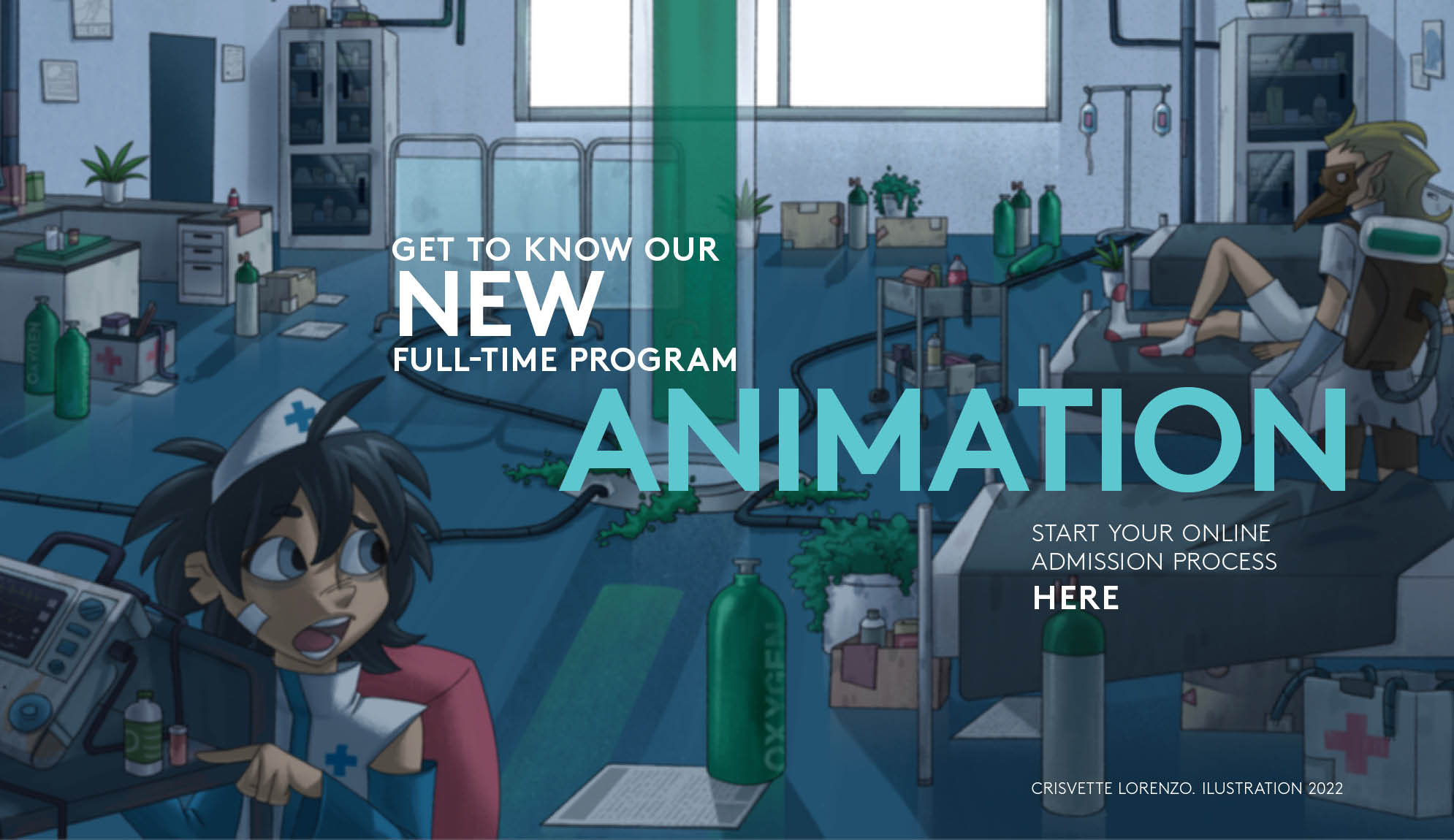Fotografía Básica
Continuing Education
Campus: Santo Domingo
Descripción:
En este curso aprenderemos las técnicas esenciales para crear una fotografía
correctamente expuesta y como manipularla a nuestro gusto con nuestros
celulares, aprenderemos a manejar los settings para lograr las fotos y videos
con mayor calidad y resolución y entenderemos la función del ISO, la velocidad
y la apertura. Veremos para qué sirve cada tipo de lente y zoom que nuestro
celular ofrece. Sabremos cuales celulares comprar y cuales evitar y veremos
los accesorios que hacen que la fotografía móvil sea mucho más útil y
profesional. Entenderemos los megapixeles y cómo subir las fotografías y
videos correctamente a redes sociales.
Programación por clase:
SESIÓN 1
- ¿Cómo nace la fotografía?
- Fotografías más caras de la historia
- ¿Por qué la fotografía análoga es importante y por qué la digital es la moderna?
- RAW vs. JPG vs. PNG. vs. TIFF
- Resolución vs. Calidad
SESIÓN 2
- Cómo operar la cámara (velocidad de obturación, ISO, apertura)
- Balance de blancos
- Modos de exposición
- Modos de medición
- Tipos de enfoque
- Exposímetro
- RAW + JPG
- Memoria
SESIÓN 3
- Tipos de cámara (FX, DX, análoga, mirrorless, con espejo)
- Rolling shutter, shutter bump
- Cómo cada una afecta la fotografía
- Tipos de enfoque y de lentes
- Identificar qué permite cada lente y cómo utilizar el enfoque en nuestra cámara
- Explicar los milímetros y el efecto parallax
SESIÓN 4
- ¿Qué es un retrato?
- Tipos de planos
- Filtros para suavizar la piel
- Tipos de retratos
- Práctica en el estudio (Con modelo)
SESIÓN 5
- Iluminación
- Tipos de iluminación
- Qué efecto causa cada una
- Herramientas para iluminar el rostro
- Práctica en el estudio con los mismos estudiantes
- Conectar con el sujeto
- Cómo crear un buen ambiente en cuanto a relación fotógrafo-sujeto y en cuanto a la ropa, maquillaje o
tópico general de la fotografía
Register Now
-
Date(s): Del 20 de Abril al 18 de Mayo
Days: Sábado
Time: 9:30 a.m. - 12:30 p.m.
Duration: 5 semanas - Number of hours: 15
- Language: Español
- Location: Presencial (CHAVÓN Miraflores)
- Level of instruction: Introducción
- Number of students per class: 20
- Fee: RD$7,000
- Instructor: Ángel Uceta
Contact
Ámbar Medina
Advisors
Advisors
Phone: + 1 (809) 563.2802
Email: info@chavon.edu.do
Email: info@chavon.edu.do
Calle Paseo de los Aviadores,
No. 5. Ens. Miraflores
Santo Domingo, Dominican Rep
No. 5. Ens. Miraflores
Santo Domingo, Dominican Rep
